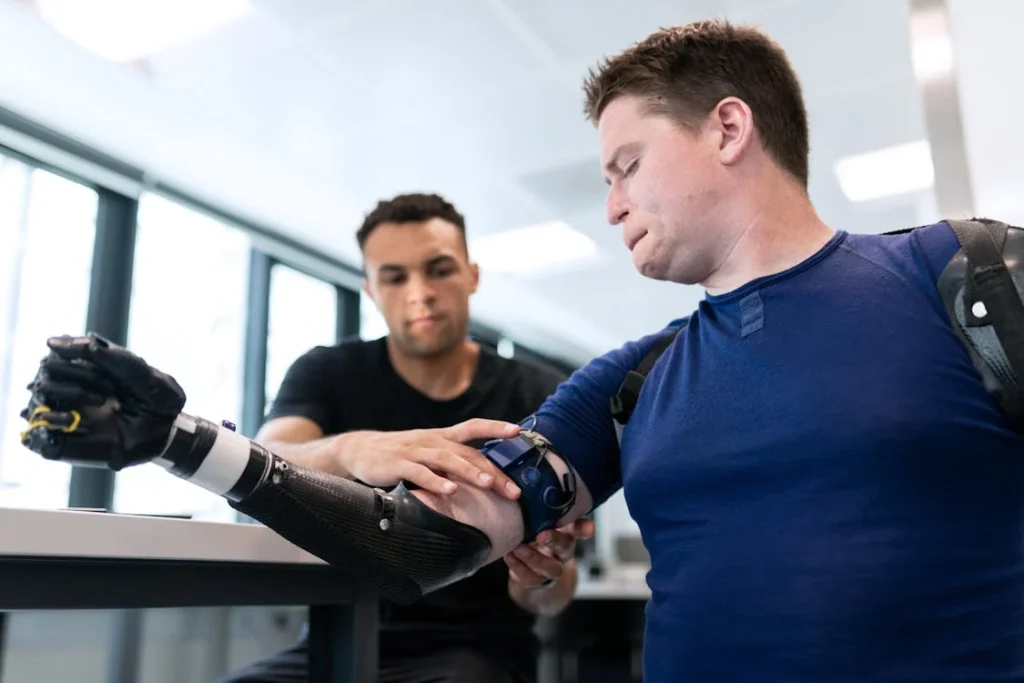A good-fitting prosthetic can make a world of difference. It’s not just about comfort. It’s about being able to walk without pain, use your hand with confidence, and live each day with ease. But what many people don’t realize is that the journey to a great fit doesn’t start with the prosthetic itself. It starts much earlier. It begins with something called pre-prosthetic therapy.
This early stage of care can shape how well your prosthesis fits and works later on. It can help your body get ready, your muscles stay strong, and your skin stay healthy. When done right, pre-prosthetic therapy makes the fitting process smoother. It lowers the chances of pain, pressure sores, and loose sockets. Most importantly, it helps people get back to life faster.
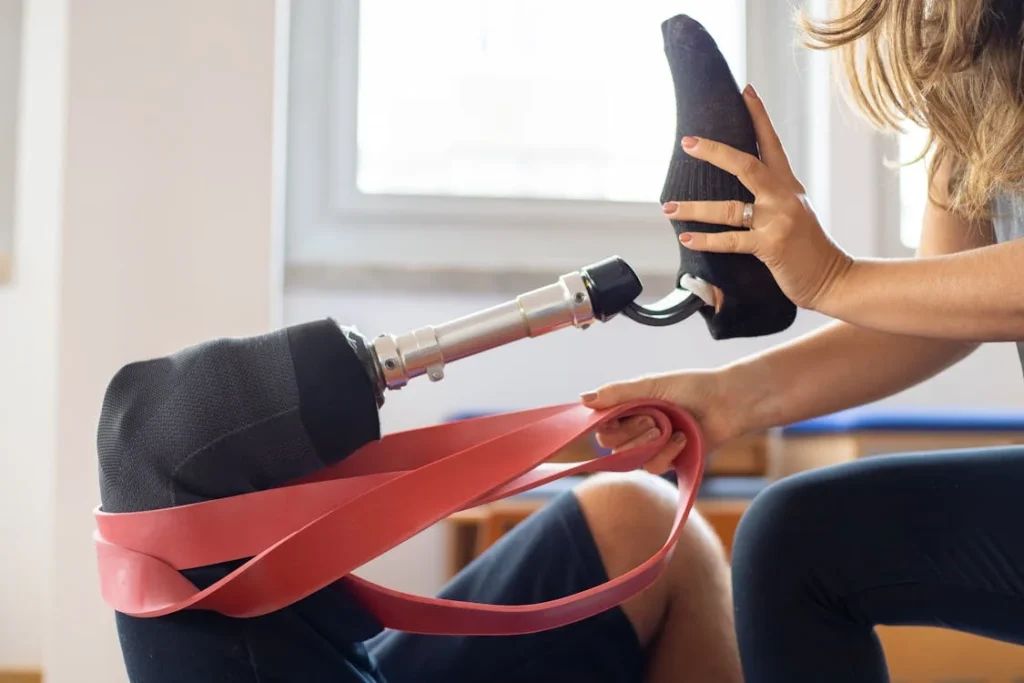
Understanding the Role of Pre-Prosthetic Therapy
What Is Pre-Prosthetic Therapy?
Pre-prosthetic therapy refers to the care and preparation a person receives after an amputation but before being fitted with a prosthesis. It’s a crucial stage that focuses on healing the residual limb, building strength, improving flexibility, and preparing both the body and mind for life with a prosthesis.
Many people think that recovery begins once the prosthetic limb is attached, but in truth, the real foundation is laid in the weeks and months before that ever happens.
This period includes physical therapy, wound care, emotional support, and sometimes even changes in lifestyle and daily habits. It’s not just about physical readiness.
It’s about setting up a person to succeed. When this phase is done carefully, the later process of getting a good socket fit becomes much easier and far more successful.
Why Socket Fit Matters So Much
The socket is the part of the prosthesis that attaches directly to the residual limb. If this doesn’t fit well, everything becomes harder. A poorly fitting socket can cause pain, swelling, blisters, and skin breakdown. It can also make the prosthetic limb feel heavy, unstable, or difficult to wear for long periods.
Many people stop using their prosthetics entirely because of socket discomfort, and this can affect their overall independence and quality of life.
A good socket should feel snug but not tight, supportive but not restrictive. It should allow the person to move freely and confidently.
Getting to that point takes more than just good design. It takes a limb that is shaped well, has healthy skin, stable muscles, and a person who understands how to move and balance with their new body.
Pre-prosthetic therapy is what helps all of that come together. It’s not just a step in the process—it’s the step that shapes every step that comes after.
How the Limb Changes After Amputation
After an amputation, the body goes through many changes. The shape of the residual limb changes often in the early stages. It may be swollen at first and then gradually reduce in size.
This is normal, but it also means that the shape and volume of the limb are constantly changing. This is one of the reasons socket fitting can be so tricky.
If you skip or rush through pre-prosthetic therapy, the limb might be too soft, misshapen, or unstable for a proper socket to fit. That’s when you run into problems like pistoning, where the limb moves up and down inside the socket, or pressure points that lead to painful sores.
These problems can delay recovery, cause frustration, and in some cases, even lead to further surgeries.
By managing swelling, shaping the limb with compression, and keeping the skin clean and healthy, pre-prosthetic therapy creates the right conditions for a secure, comfortable socket fit later on.
Muscles Need Training Too
A residual limb isn’t just a part of the body that needs to heal—it needs to work. When someone loses a limb, the muscles around that area lose their usual job.
They weaken quickly unless they are kept active. If muscles shrink or become unbalanced, it’s much harder to control a prosthesis later.
Pre-prosthetic therapy includes exercises to keep those muscles engaged and strong. Therapists help people learn how to use their muscles in new ways. They focus on balance, posture, and coordination.
These exercises are often simple, but they make a huge difference in socket comfort and overall use of the prosthetic. A stronger limb holds a socket better. A more stable body uses it more efficiently.
This training also helps reduce fatigue. Many new prosthetic users feel tired quickly. That’s because their bodies aren’t used to the extra work involved in moving differently.
But when they’ve had good pre-prosthetic therapy, they’re stronger and more prepared. This means they can use their prosthetic for longer periods, with less discomfort.
The Mind Needs Support as Well
Adapting to limb loss is not just a physical journey. It’s an emotional one. People often go through shock, grief, anxiety, or even anger. These feelings are normal, but they can also affect how well someone engages in their recovery.
Pre-prosthetic therapy includes mental and emotional support. It gives people space to ask questions, talk about their fears, and understand what lies ahead. Therapists can help with confidence-building and motivation.
They can also connect individuals with support groups or others who have gone through similar experiences. This kind of encouragement can help people stay committed to their therapy and more open to using their prosthesis when the time comes.
In the long run, this mental preparation can lead to fewer socket complaints. When someone understands how the process works, they’re more likely to report issues early, communicate with their clinicians, and stay involved in fine-tuning their fit.
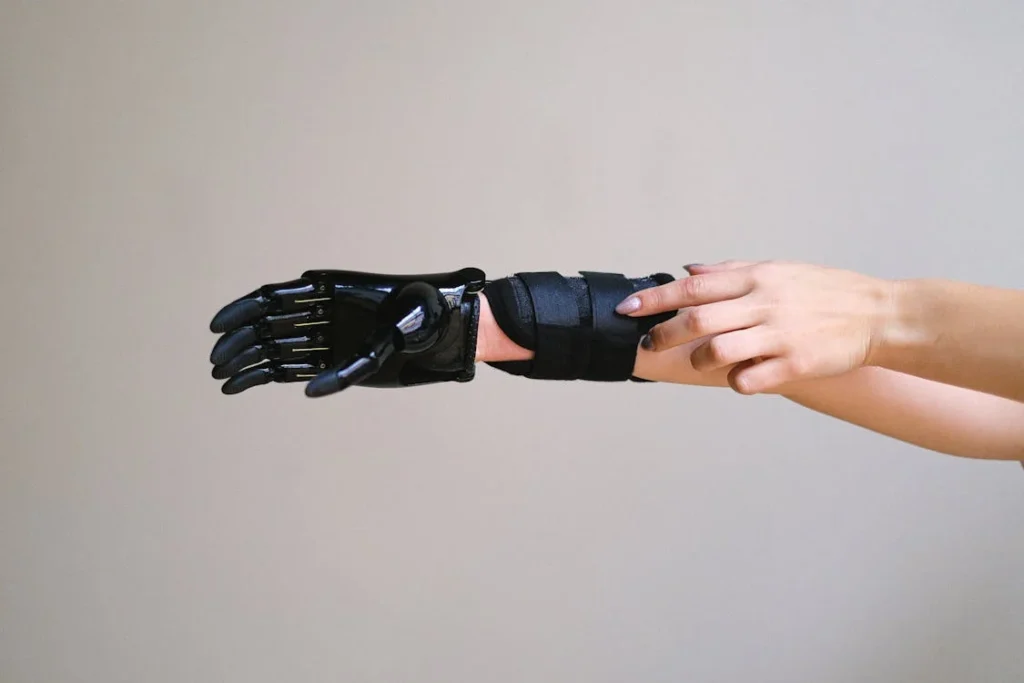
How Pre-Prosthetic Therapy Shapes a Better Fit
Controlling Swelling from the Start
One of the first challenges after an amputation is managing swelling. The residual limb often becomes inflamed as part of the body’s natural healing process.
But if the swelling isn’t controlled properly, it can change the shape of the limb, leading to poor socket alignment later.
Therapists use compression techniques like elastic bandaging, shrinkers, or special garments to reduce swelling gradually. These methods help the limb form into a smoother, rounder shape, which is easier to fit into a prosthetic socket.
When done correctly, it also improves circulation and reduces pain, making the overall healing process faster.
Starting compression early and following it consistently sets the stage for a better, more stable prosthetic fit.
Without it, people often find their socket becomes too loose or tight within weeks, forcing constant readjustments or complete replacements.
Skin Care and Hygiene Build Long-Term Comfort
Healthy skin is essential for a comfortable socket fit. Any irritation, cut, rash, or infection on the residual limb can become a big problem once a prosthetic is worn daily.
Sweat, friction, and trapped heat can make things worse, especially in humid environments or during long hours of use.
Pre-prosthetic therapy focuses a lot on teaching proper skin care. People learn how to clean their limb gently, how to moisturize the right way, and what signs of irritation to watch for.
Therapists also introduce the use of protective liners and teach users how to wear and clean them correctly.
When the skin is strong and free from injury, the socket can be worn longer and more comfortably. Users feel more in control, and fewer complications mean fewer trips back to the clinic for socket adjustments or medical treatment.
Stretching and Movement to Preserve Range of Motion
Another important part of pre-prosthetic therapy is keeping the joints around the amputation site mobile. It’s common for people to hold certain positions for comfort, especially when they’re in pain.
But over time, these habits can lead to joint stiffness and even permanent contractures.
Therapists work with users to gently stretch and move the joints every day. For someone with a below-the-knee amputation, this might include keeping the knee straight and mobile.
For an upper limb amputation, it might mean keeping the shoulder and elbow flexible. These simple movements go a long way in preserving a natural walking or lifting motion later on.
When joints move freely, the prosthesis can align more accurately. This alignment is key to reducing uneven pressure inside the socket.
A socket that works with the body’s natural movement feels better and is easier to use.
Balance and Core Strength Create Stability
After limb loss, the body’s center of gravity changes. People often find it difficult to balance or feel stable while standing.
This can lead to falls, hesitation in movement, and a lack of trust in their own body. Pre-prosthetic therapy puts a strong focus on improving balance and building core strength.
Therapists teach exercises that target the muscles in the abdomen, back, and hips. These are the muscles that help you stay upright, walk smoothly, and adjust quickly when moving.
The stronger and more balanced these areas are, the more evenly weight is distributed across the socket when a prosthesis is worn.
This balanced weight distribution reduces pressure on one area of the limb, lowers the risk of skin breakdown, and allows for a more precise socket fit.
Even small improvements in posture and strength can make a huge difference in socket comfort over time.
Teaching Body Awareness and Self-Monitoring
Pre-prosthetic therapy also teaches people how to be more aware of their body. This includes recognizing how their limb feels, noticing early signs of discomfort, and learning when something needs attention.
This skill is often overlooked but is incredibly important in avoiding long-term socket issues.
People who learn to monitor their limb and socket feel more confident in asking for adjustments or speaking up when something doesn’t feel right. They can describe problems clearly to their clinicians, making it easier to solve them quickly.
This kind of body awareness also helps prevent more serious problems, like skin ulcers or infections, by catching small changes before they grow.
Over time, these skills lead to better communication, better care, and a more customized socket fit that changes as the person changes.
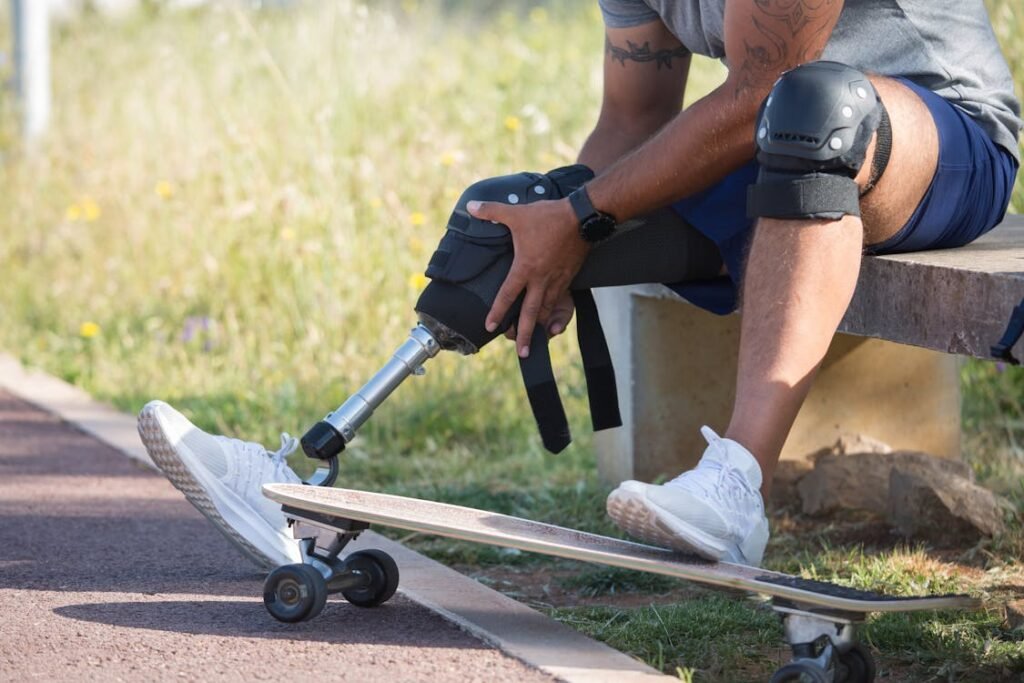
The Link Between Mental Preparation and Socket Comfort
The Role of Confidence in Socket Success
Socket fit isn’t just about measurements or mechanics. It’s deeply connected to how confident and comfortable a person feels in their body. Someone who is anxious, unsure, or overwhelmed may find it hard to trust their prosthesis.
That hesitation often leads to reduced use, poor movement habits, and more friction inside the socket. In time, this creates discomfort, not because the socket is designed poorly, but because the user never got the chance to feel ready.
Pre-prosthetic therapy includes emotional support that helps people rebuild trust in their bodies. Therapists and counselors create a space where people can ask questions, express concerns, and learn what to expect.
When users understand the process, they’re more likely to participate fully and speak up when something doesn’t feel right.
This confidence carries over into how they walk, stand, and move. It encourages better posture and alignment, which directly reduces uneven pressure inside the socket.
In simple terms, a confident user often experiences a more comfortable fit because they’re using their body in a more natural, relaxed way.
How Early Habits Affect Long-Term Fit
What people learn in the first weeks after amputation often becomes a habit. If they avoid putting weight on the limb, hold it in an awkward position, or skip exercises due to pain or fear, those habits can stay with them for years. These patterns create real challenges for socket fit.
For example, if someone keeps their limb bent too often, the muscle and skin may tighten in that position. When it’s time to fit a socket, it may no longer match the shape that the prosthesis was designed for.
If muscles grow unevenly, it may cause twisting or sliding inside the socket, creating pressure points and instability.
Pre-prosthetic therapy is where healthy habits are formed. Therapists guide users to move safely, stretch correctly, and build trust in their new routine.
These actions may seem small, but they shape how the socket fits for years to come. A well-prepared limb responds better to adjustments, fits more comfortably from the start, and requires fewer changes over time.
Reducing the Risk of Abandonment
One of the hardest things to hear is when someone says, “I stopped using my prosthesis because it never fit right.” This happens more often than most people realize.
What’s even harder is knowing that many of these cases could have been prevented with better early support.
When people face repeated pain, skin issues, or constant refitting, they begin to lose trust in the prosthetic. They might start using crutches or a wheelchair instead.
In many cases, the problem isn’t the prosthesis—it’s the fact that their body was never fully prepared to use it.
By focusing on pre-prosthetic therapy, we can help people avoid this outcome. The more prepared someone is before their first fitting, the more likely they are to continue using their prosthesis and benefiting from it.
Therapy ensures they enter the process with realistic expectations, strong muscles, healthy skin, and the mindset needed to work through early challenges.
Creating a Stronger Patient-Clinician Relationship
Another hidden benefit of pre-prosthetic therapy is the bond it creates between the user and their care team. In this phase, therapists get to know the patient closely.
They understand how the person moves, how they handle pain, what motivates them, and what concerns they carry. All of this information becomes incredibly useful when the time comes to fit the prosthesis.
When users have already built trust with their therapists, they are more open to feedback and more comfortable asking for changes.
This openness leads to quicker adjustments and better long-term outcomes. It also helps the prosthetist design a socket that truly matches the individual’s unique shape and movement style.
A socket isn’t just a mechanical part—it’s a personal tool. It works best when it’s built around a deep understanding of the person who will use it. Pre-prosthetic therapy is what allows that understanding to grow.
When Pre-Prosthetic Care Is Delayed or Skipped
Sometimes people don’t get access to pre-prosthetic therapy right away. They may live in areas without nearby rehab centers, or they may be unaware of how important early care is. In these cases, the fitting process becomes harder.
Without therapy, the limb may not be shaped properly. Swelling might persist, muscle weakness may go unaddressed, and the skin might not be ready for the daily stress of wearing a socket.
These factors don’t just affect comfort—they delay recovery, increase costs, and reduce independence.
This is why raising awareness about pre-prosthetic therapy is so important. When more people understand how valuable it is, they’re more likely to ask for it, plan for it, and prioritize it in their recovery journey.
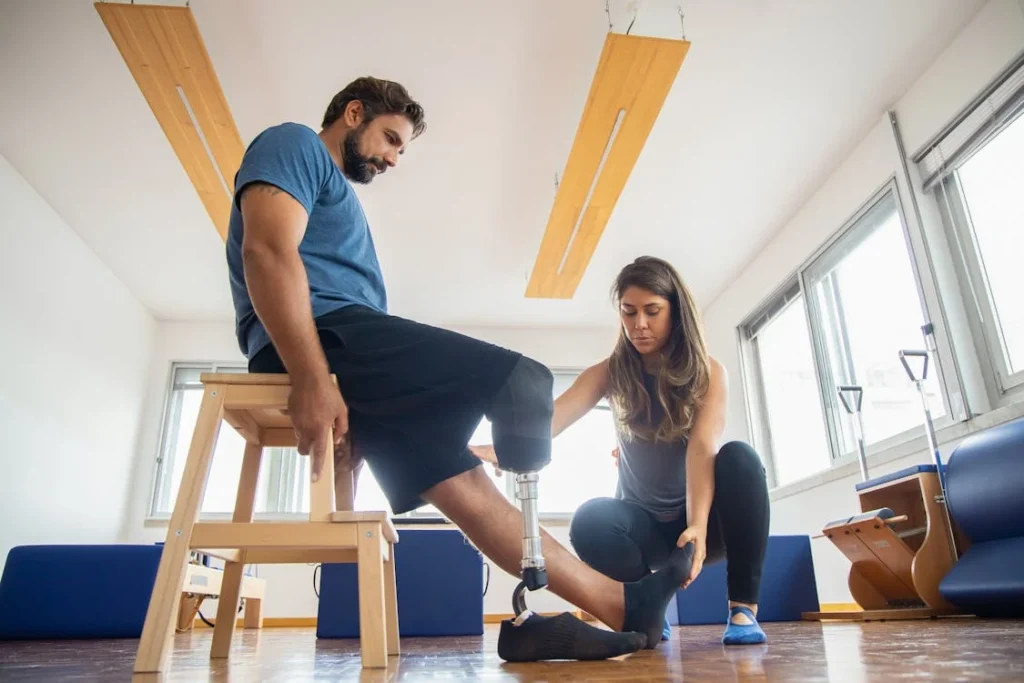
Customizing Therapy Based on Amputation Type
Each Amputation Has Its Own Needs
Not all amputations are the same. A person with a below-knee amputation faces different challenges than someone with an above-knee one. Likewise, an upper limb amputation requires a different therapy approach than a lower limb.
Pre-prosthetic therapy is not a one-size-fits-all program. It’s tailored to meet the specific needs of each individual based on the type and level of amputation.
This customization matters because the muscles involved, the balance required, and even the emotional impact can vary greatly.
When therapy targets the right muscles, movements, and mental preparation, the residual limb becomes better suited for a comfortable, stable socket.
Lower Limb: Preparing for Weight and Balance
For lower limb amputations, therapy often focuses on weight-bearing, balance, and posture. People need to be able to stand evenly, shift their weight, and eventually walk with a smooth, natural gait.
These actions all depend on a stable and well-shaped residual limb.
Therapists help individuals learn how to use their hips, thighs, and core to support movement. They introduce weight-bearing in small steps, encouraging confidence and muscle memory.
Exercises are designed to avoid bad habits like leaning to one side or locking the knee—common movements that can lead to uneven socket pressure.
A big part of this process is gait training. Even before the prosthesis is introduced, people learn how to move with symmetry and control.
When the socket is finally fitted, it’s placed on a limb that knows how to move. This makes it easier to fine-tune the socket and reduces the risk of developing pain later on.
Upper Limb: Building Control and Awareness
For upper limb amputations, therapy focuses more on coordination, range of motion, and learning to use the rest of the arm and shoulder effectively. The shoulder, especially, plays a huge role in how a prosthetic hand or arm functions.
If the shoulder becomes stiff or weak, the prosthesis feels heavy or hard to control. That leads to awkward movement, poor alignment, and eventually, socket discomfort.
So therapy includes shoulder strengthening, scapular mobility, and posture correction.
It also includes training on how to use visual feedback, since users often rely on sight to guide movements in the beginning.
This helps build trust in the new limb and encourages smoother movement, which again supports a better, longer-lasting socket fit.
Bilateral Amputations Require Specialized Support
When someone experiences limb loss on both sides—either upper, lower, or mixed—the challenges are more complex.
These individuals need to relearn daily activities with fewer points of contact or support. Pre-prosthetic therapy for bilateral amputees involves more focus on core strength, stability, and energy conservation.
Therapists often work with occupational therapists to simulate real-life tasks and help users adapt to them before prosthetics are even introduced.
This preparation builds resilience and readiness, making it easier to adjust to wearing multiple sockets at once.
Getting the right socket fit in these cases depends even more on careful therapy. There’s less margin for error, so every bit of preparation helps.
Without that early work, the sockets may cause discomfort quickly, making dual prosthetic use feel overwhelming.
Addressing Amputation Due to Trauma vs. Disease
The cause of the amputation also shapes the therapy path. If someone lost a limb due to trauma, they might have other injuries to recover from.
Therapy will need to take these into account. If it was due to a chronic disease like diabetes, the residual limb may have more fragile skin, reduced blood flow, or nerve damage.
Each of these situations changes how therapy is approached. For trauma cases, therapy may need to start more slowly to allow for healing.
For disease-related amputations, there’s a higher focus on skin monitoring, infection prevention, and gentle progression.
These differences also influence how the socket is designed. If the limb is more sensitive, extra care is taken in choosing materials and pressure zones.
But none of that matters unless the limb is prepared through therapy first.
The more personalized the therapy is, the better the socket will fit—not just mechanically, but biologically and emotionally as well.
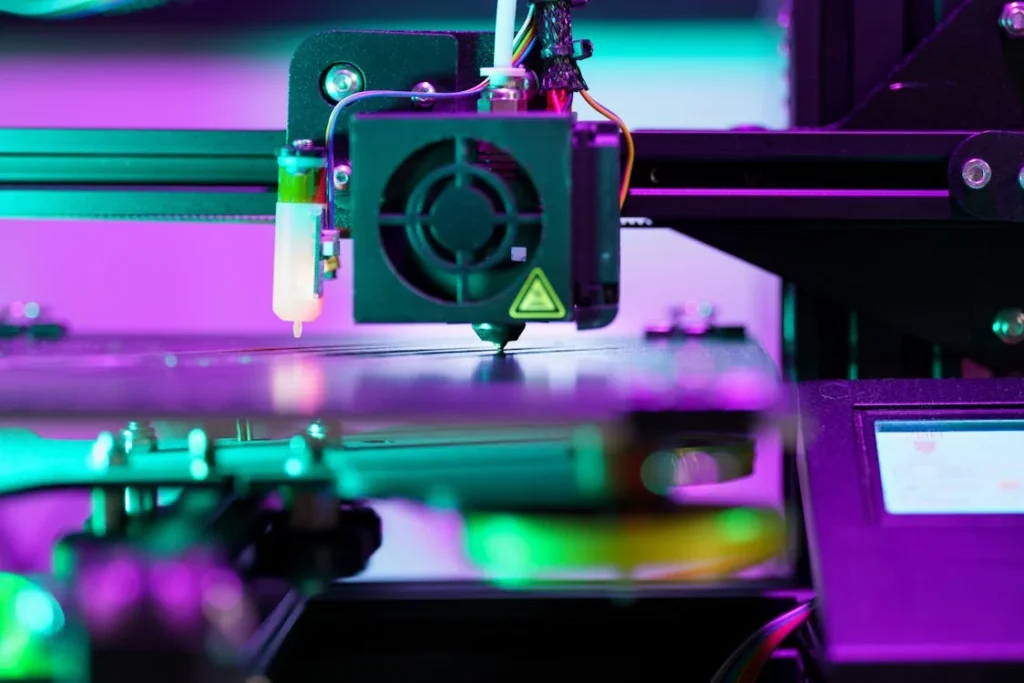
New Tools and Innovations in Pre-Prosthetic Therapy
How Technology Is Changing Early Rehabilitation
In the past, pre-prosthetic therapy relied mostly on physical exercises, basic education, and face-to-face interaction. While these are still essential, the process is now being improved with the help of new technologies.
These tools make therapy more engaging, more precise, and easier to access—especially for people who live far from rehab centers.
One exciting development is the use of virtual rehabilitation platforms. These systems allow users to perform guided exercises at home with real-time feedback.
They’re often paired with motion sensors or cameras that track movement and posture. This feedback helps both users and therapists understand how the body is reacting, where there’s strain, and what needs improvement.
When therapy is consistent and accurately targeted, the residual limb becomes more stable, better shaped, and more responsive to prosthetic fitting.
That reduces the chance of needing constant socket modifications down the line.
Gamified Rehab Keeps Users Motivated
One major challenge in therapy is keeping people engaged over time. Repetitive exercises can feel dull, especially when progress is slow.
That’s where gamified rehabilitation comes in. It turns daily therapy into interactive games that track improvement and reward consistency.
Instead of just lifting a limb or flexing a muscle, users play games that require these motions. They aim to improve scores, unlock achievements, or complete challenges.
This approach is especially helpful for younger users or those struggling with motivation.
More importantly, it builds routine. When people stick with their therapy, their limbs stay in better shape. Muscles remain active, swelling stays under control, and joint movement stays fluid.
These all lead to fewer surprises during socket fitting—and fewer problems after.
3D Scanning for Residual Limb Monitoring
Another game-changer in pre-prosthetic care is the use of 3D scanning technology. These scanners can capture detailed images of the residual limb at various stages.
This helps clinicians understand how the limb is changing in size, shape, and symmetry over time.
This information is valuable not just for prosthetists but also for therapists. It helps guide compression therapy, adjust exercise plans, and predict when the limb will be ready for socket fitting.
In some cases, it also helps detect issues like swelling, shrinkage, or skin irregularities that aren’t visible to the naked eye.
Better monitoring leads to better timing. When the limb is fit for a socket at just the right moment—not too early, not too late—it reduces the number of refits needed and gives the user a much smoother experience.
Remote Therapy and Telerehab
Not everyone has access to nearby therapy centers. That’s why remote pre-prosthetic therapy has become more common and more effective.
With video calls, mobile apps, and wearable trackers, therapists can now guide users no matter where they are.
This doesn’t just solve the problem of distance—it also improves consistency. People are more likely to follow their programs when they don’t have to travel long distances.
They also get the chance to ask questions, share feedback, and stay connected with their care team from the comfort of their home.
Even in a remote setting, the principles of pre-prosthetic therapy stay the same. The limb still needs shaping. The muscles still need strengthening. And the person still needs emotional support.
But when these things are delivered more flexibly, more people can benefit. And more people reach the socket fitting phase with confidence.
Holistic Care for Better Long-Term Results
Modern therapy also recognizes that recovery is not just about the body—it’s about the whole person. That’s why more clinics now include psychologists, nutritionists, and social workers as part of the care team.
This holistic approach makes sure no aspect of the recovery is overlooked.
When someone eats better, sleeps better, and feels emotionally supported, their body heals faster. Their skin stays healthier. Their energy stays high. And when they finally receive their prosthesis, they’re more ready in every sense.
Holistic care often reduces stress, which also helps reduce muscle tension and pain. Less pain means better movement. Better movement means a smoother socket fit. Every piece of support adds up to a stronger outcome.
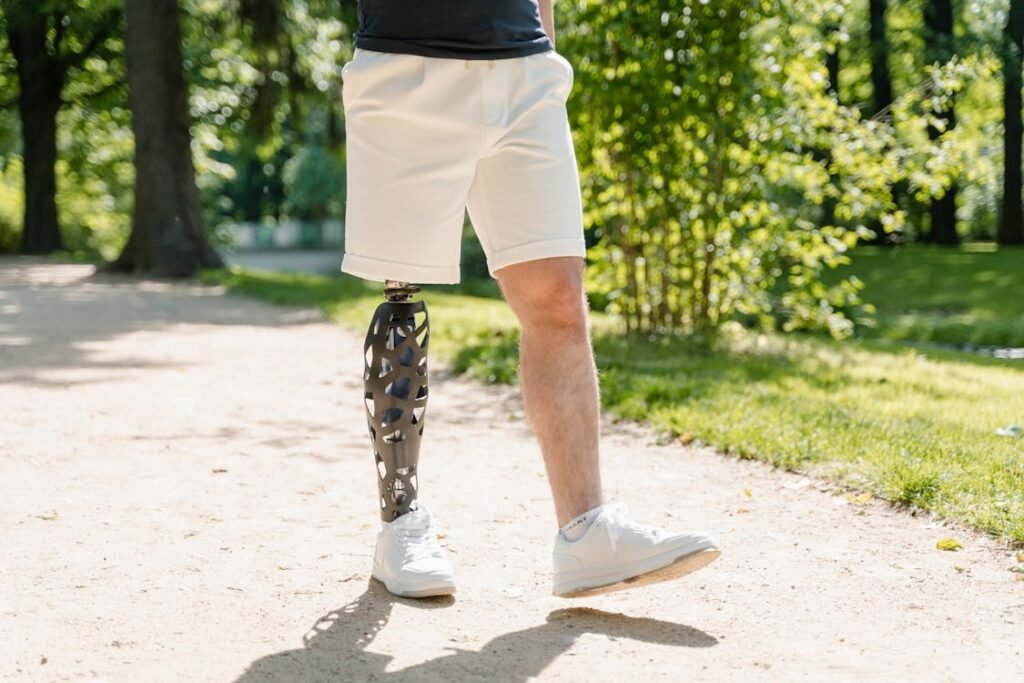
Real-Life Impact: What Happens When Pre-Prosthetic Therapy Is Done Right
Getting Back to Daily Life Faster
One of the first things many people say after receiving their prosthesis is how much they want to get back to doing normal things.
Walking outside. Cooking. Holding a child. But these everyday actions can feel out of reach if the socket isn’t comfortable. It might pinch, slide, or create pain after just a few minutes of wear.
Now imagine a situation where pre-prosthetic therapy was done with care and consistency. The limb is strong, the skin is healthy, and the person already understands their body well.
They slide into their new prosthesis, take a few steps, and instead of discomfort, they feel balanced. There’s still an adjustment period, but it’s not filled with frustration—it’s filled with progress.
This kind of experience builds confidence fast. When someone sees early wins, they stay motivated to keep going.
That momentum shortens the time it takes to return to school, work, or hobbies. It’s not just about the prosthesis fitting better—it’s about life getting back on track.
Fewer Adjustments Mean Less Disruption
Socket adjustments are common, especially early on. But when someone goes through proper pre-prosthetic therapy, the number and severity of these adjustments often go down.
Why? Because the limb has already stabilized. The person already has muscle tone. The skin has adapted to being touched, compressed, and moved.
In practice, this means fewer return visits to the clinic. Less time spent waiting for new liners or socket reshaping. And more time actually using the prosthesis in real life.
For many people, this also means lower costs. Every clinic visit, every modification, and every travel expense adds up.
By reducing the need for repeated fittings, pre-prosthetic therapy saves not just time but money. And for families who are already managing big changes, that kind of relief is meaningful.
Better Fit Means Better Mental Health
It’s hard to feel hopeful when your prosthesis hurts. The constant ache, the irritation, the worry that maybe it’ll never feel right—these thoughts can wear someone down.
And over time, they often lead to isolation, loss of independence, and even depression.
But when a socket fits well from the beginning, the story changes. People feel supported—literally and emotionally.
They feel capable of doing things on their own. That boost in self-worth carries over into relationships, work, and community life.
Many therapists say they see it in the way someone walks or talks. There’s less hesitation. More pride. That’s what happens when you start with strong therapy. The good socket fit becomes the foundation for a good life.
Empowering People to Take Ownership
One of the less talked-about benefits of pre-prosthetic therapy is how it empowers people. From the start, they’re taught to pay attention to their body, to speak up when something feels wrong, and to stay active in their recovery.
This empowerment changes everything. It turns passive patients into active users. When these individuals eventually wear their prosthesis, they’re not just relying on their medical team to “make it work.”
They’re part of the team. They know how to manage pressure, clean their skin, perform daily stretches, and monitor fit changes.
This sense of ownership makes long-term outcomes better. Users become more independent, more resilient, and more satisfied with their prosthesis—not because it’s perfect, but because they know how to live well with it.
It’s Never Too Late to Improve
It’s true that the best results come when therapy starts early. But even if someone didn’t get pre-prosthetic care at first, there’s still hope.
Many of the benefits—like improved strength, better balance, and increased comfort—can be gained later through guided therapy.
Therapists can work with existing socket issues, help reshape a soft limb, or reduce scar sensitivity. While it might take more time, the right care can still lead to big changes in how the prosthesis fits and feels.
This is important because it gives people another chance. Even if they had a rough start, they don’t have to settle for discomfort.
Recovery can always be restarted, and with the right support, socket problems can still be improved.
Conclusion
A well-fitting socket doesn’t begin with measurements—it begins with preparation. Pre-prosthetic therapy lays the groundwork for everything that comes after. It helps shape the limb, strengthen the body, protect the skin, and support the mind. When these elements come together early, socket fit becomes smoother, more comfortable, and far more reliable.
While no prosthetic journey is without challenges, starting with the right therapy makes every step forward easier. It reduces pain, limits setbacks, and gives users the confidence to embrace life fully. Whether you’re just beginning or seeking a better path after setbacks, investing time in pre-prosthetic therapy is one of the most important steps you can take. It’s not just preparation—it’s empowerment.



